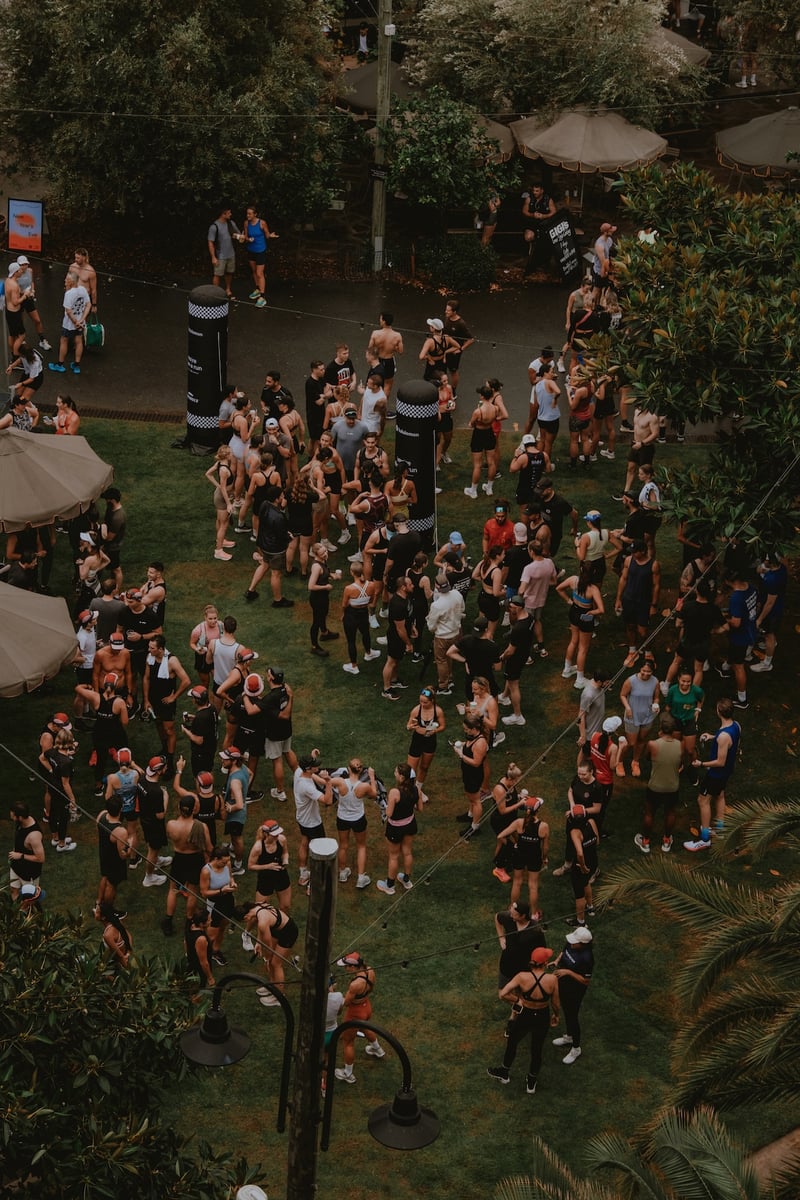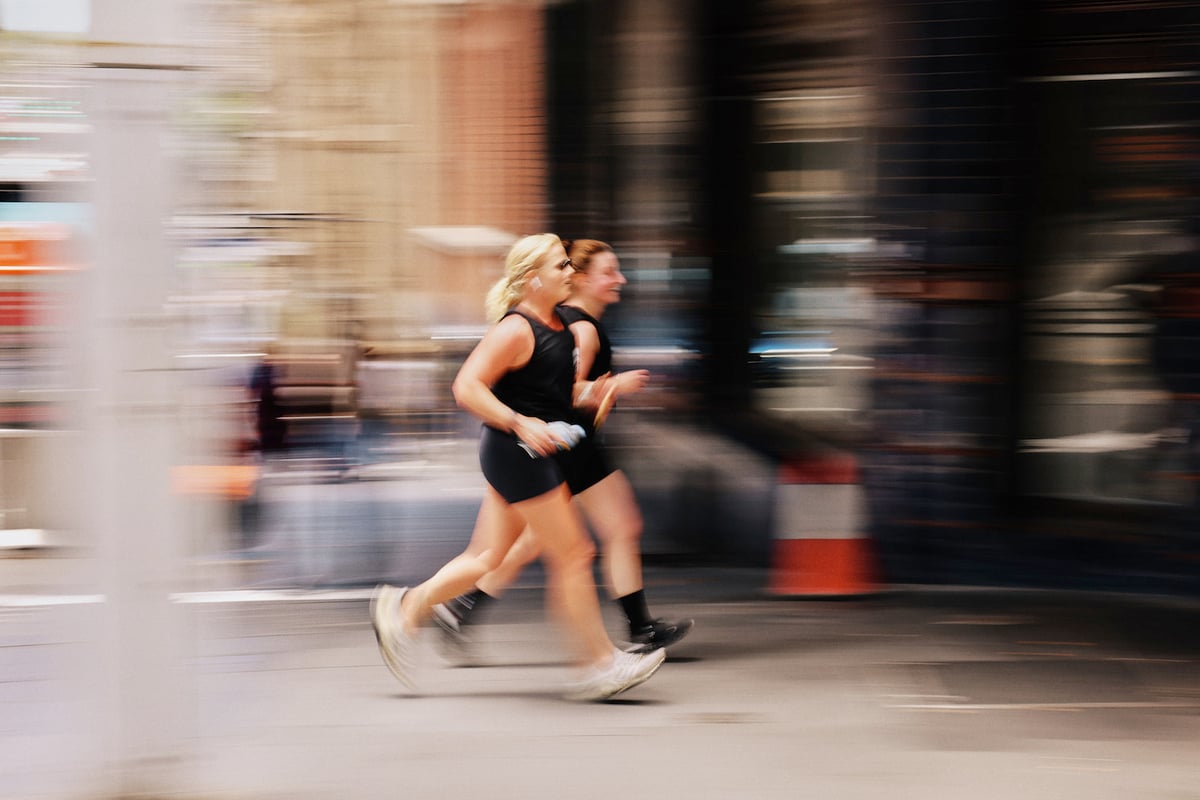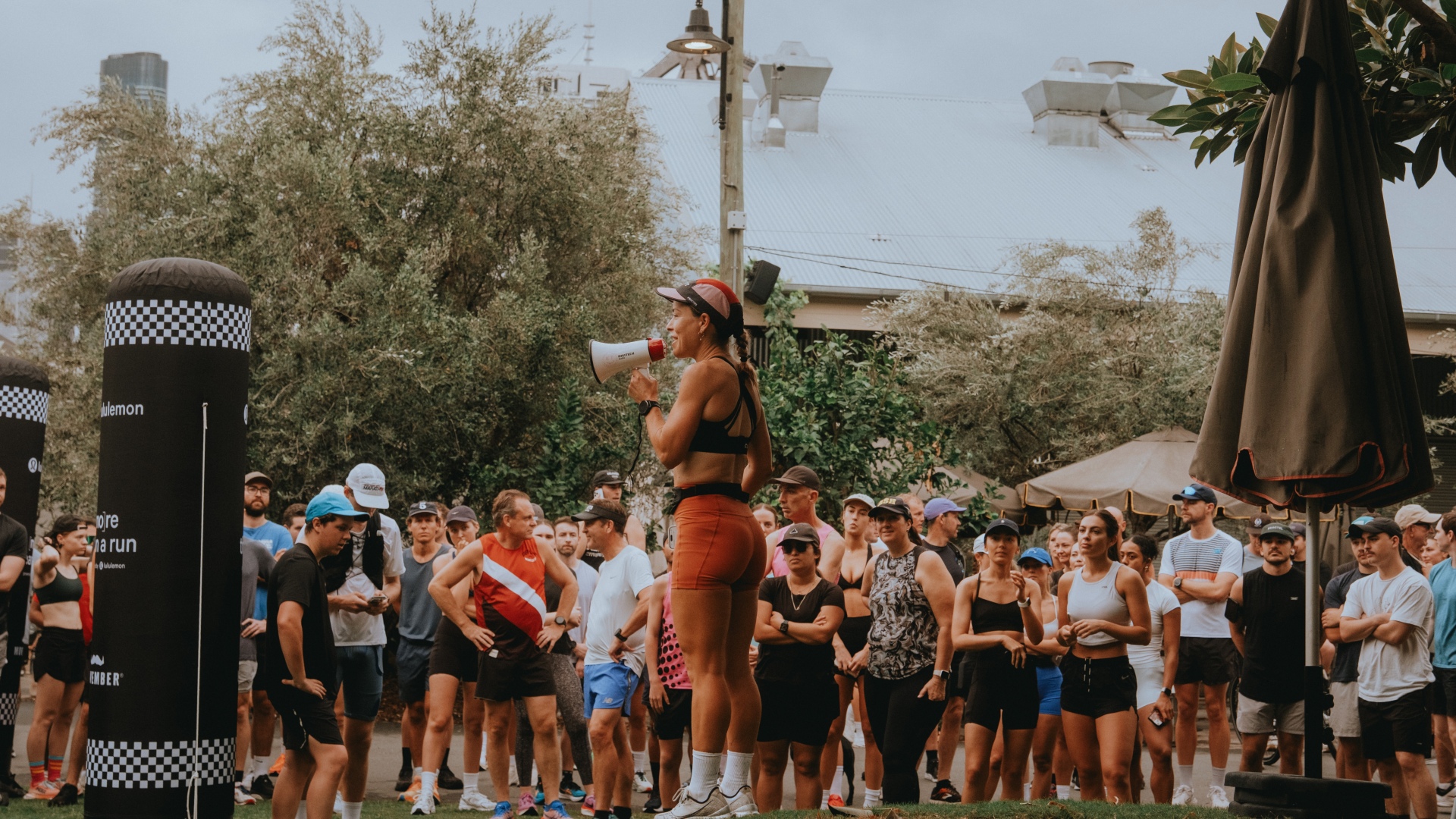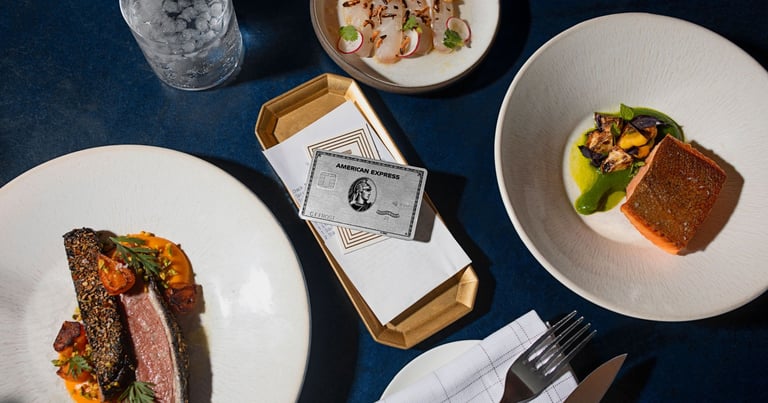Editor’s Note: This story originally appeared in Volume II of B.H. Magazine. For access to future issues, subscribe here.
It’s billed as one of the most accessible sports. But in 2024, it turns out that access to run clubs in the name of journalism can be harder to secure than a bib for the Tokyo marathon.
Who can blame them?
Sudden media scrutiny has branded run clubs the new Tinder, demanding participants wear all black should they wish to broadcast their single-status to the pack. Meanwhile, major brands are turning to running crews for their latest campaign launches, leaving many to wonder if theirs is a hot commodity that should demand a high price.
Like anyone grappling with sudden fame, run clubs find themselves occupying an interesting space in the culture. Sure, the merch drops, podcasts, and TikToks proliferating within the scene might suggest this is all big business predicated on one’s loyalty to geographic routes.
Dig a little deeper though, and you’ll find that whether they’re avoiding an interview or celebrating widespread interest, the mentality is one and the same: run clubs want to inspire connection, not see it diluted by those who only want to capitalise on a trend.

At 4:30 AM, the sky is still bruised with twilight, casting a stillness across Sydney’s Bronte beach that even the waves can’t disturb.
Even for winter, the temperature is unusually vicious. Nostrils dribble ceaselessly, hands remain shoved deep within pockets, and each inhalation seems to rattle the ribcage. It’s enough to send even the most hardened athletes indoors. But already, a cluster of figures shiver-step from foot to foot under the street lights of the car park. In half an hour, the group will swell to some 80 people. Greetings will be exchanged, introductions made, and conversations will carry through the frosty morning air. And with a warm welcome from their leader, Trent Knox, members of the 440 will be off, a cacophony of sneaker-clad feet sounding up the hill and around the streets of Bronte.
The thought of running laps in the dark might seem far from an ideal Saturday morning, but it’s precisely this routine that has made the 440 run club a favourite amongst locals. Since the club was founded in 2016 by Knox, who posted an open invitation on Instagram for anyone who’d like to join him running 440m hill efforts, the club has grown exponentially. Whether they’re seeking emotional sustenance, solace, or an excuse to avoid a Friday-night hangover, at least 50 members show up each Saturday – a number that blooms to well over 200 come summer.
As Knox explains, it’s not a David Goggins-like mentality that draws them to the 440, but rather a desire to connect. “It’s 5 AM every Saturday – rain, hail, or shine. You can walk or run, you can do one lap or 10, it doesn’t matter,” he adds. “We continue to draw new members from all walks of life who want what their friends have: newfound health and happiness. At the end of the day, it’s getting more people living healthier lives, so I believe we’re winning.”

It’s not just the 440 that has seen an influx of new members.
Where the loneliness of the long distance runner was once celebrated, a seismic growth of run clubs across the country have turned what would normally be a solitary sport into a social pastime. With the aim to become a healthy space for men to connect outside of the pub, and improve health both mentally and physically, Vipers Run Club on Sydney’s northern beaches has had to cap its member size, choosing to implement a slow and progressive onboarding process where eight new members are brought on every six weeks. As co-founder Matty Abel explains, it’s a decision that has seen the club maintain a close-knit atmosphere.
“We’re passionate about fostering a strong, well-connected community where everyone knows each other’s names,” says Abel. “From our experience, we know that if we grow too fast or have too many members, we lose that personal touch.”
While running booms are nothing new, the number of people gravitating to the outdoors has increased significantly since the global pandemic. Even Strava reflects this uptick, with 95 million registered users in 2022, up from 73 million in 2020. Amidst a loneliness epidemic and increase in flexible work arrangements, it’s the local run club that saw us meet our social and exercise needs.
Like many other pandemic runners, chef and founder of Melbourne’s Ate Miles run club George Wintle was drawn to the sport during the city’s strict and seemingly endless lockdowns. “The hospitality industry was completely turned on its head,” says Wintle. “When I started running, it provided routine and structure in my life, and the positive impact that made on me in and outside of work was pivotal.”
Wintle’s motivation behind starting Ate Miles run club – which has recently expanded to London alongside him – was to encourage his industry peers to do the same. “The hospitality industry is notorious for its ‘work hard, play hard’ mentality, where substance abuse is at large,” explains Wintle. “Being on your feet for 16 hours a day and the high levels of pressure really drain you, so my biggest goal was trying to provide a healthy outlet as an alternative.
In addition to building a strong and supportive community, Ate Miles run club prioritises “safety, kindness and inclusivity over speed or skill,” adds Wintle. “After each run we do coffee on the house for our runners and breed community through conversation and togetherness.”

While the social aspect of run clubs is certainly a major drawcard, it doesn’t mean the eschewing of effort. For Riley Wolff, founder of Melbourne’s Hunter Athletics, the club was born out of a desire to unite those who were unapologetic in their striving to get better. Created in 2017, Wolff explains, “A lot of crew culture at that time was almost anti-performance, like it’s not cool to try. That’s not me – I may not be good at something, but I try!”
Meeting every Tuesday at 6 AM at Melbourne’s Olympic Park, members of Hunter Athletics push their limits with various interval sessions and track workouts. Even in the coldest and wettest days of winter, at least 60 people will show up in a testament to the resilience that’s embedded within the club’s culture. “There’s a shared suffering on those wet mornings,” says Wolff. “We’ve always placed the most value on effort. There will always be people faster or slower than you, but what you can control is your effort.”
The communal spirit of the run club isn’t confined to the local track or route. Now, it’s bleeding into the larger culture of running itself and allowing many to celebrate individual goals with those who have toiled alongside them. Just turn to any marathon to find proof, where you’ll see runners wearing singlets branded with the name of their run club. Whether they’re running in a pack or alone, they’ll hear the cries of support from those members standing on the sidelines, brandishing DIY signs streaked with glitter. It’s this sense of camaraderie that Wolff doesn’t take lightly. “I’ve always said, whatever happens to Hunter or whenever it ‘ends’, the thing I’ll be most proud of is not the PBs people set, but that we’ve played a role in some people meeting their best friends, changing lives, and more,” he explains.
“When people tell me they want to come down but are nervous, I tell them, once you come the first time and say hello to someone, the hard work is done. A whole world opens up when you go for coffee after the session, then you meet up on weekends, and all of a sudden, you have this new friendship group who are supportive and want the best for you,” adds Wolff.
Regardless of individual incentives or motivations, each club is united by its core theme of community. Alex Bell and Olly Woolrych posed the question of what could be possible if these communities united for one cause, which prompted them to create [Mo]re Than a Run – a decentralised running event that brings together 230 run clubs from across Australia, New Zealand, Hong Kong, Canada, and the UK for mental health awareness and suicide prevention. Held on the last Saturday of November each year, the movement has raised over $1.95 million for Movember in just three years, with assistance from Lululemon to help reach a broader demographic.

“The community’s strength is evident in the conversations we’ve started, the bonds we’ve formed, and the funds we’ve raised,” says Bell. “When combined as a unified community, we will achieve something incredible and truly make an impact.”
Each run club may be unique in its approach; from those centred around the post-run feed and conversation to those pushing members to become better (and faster) versions of themselves with interval training and supported programs. Regardless of how it may be packaged, the foundation upon which each is built is inherently one of connection. From the friendships forged through suffering, to those who feel a quiet safety in numbers when hitting unfamiliar streets, it seems the rhythmic pounding of sneakers is a unifying force.
Running booms will come and go, the media will shift their attention to the next trend, and dating apps will once again reign superior. Anchored by the very human desire for community, the local run club isn’t going anywhere.
If you’ve enjoyed this feature story, consider a few of our other favourites from the pages of B.H. Magazine:
- Chewed Up & Spat Out: Conquering The Motorsports Mecca Of The Nürburgring
The Self-Taught Aussie Watchmaker Crafting $50,000 Timepieces - Daikoku: A Window Into The Soul Of Japan’s Mythical Car Scene
- Finding Neverland: A Review Of Nimmo Bay Resort
- The Business Of Beer: Australia’s Once Booming Craft Industry Is Now On Life Support
- How To Cook A Restaurant-Quality Steak, According To Lennox Hastie















